Checklist for Beds
Name, DOB, Demographic info including height and weight
Primary diagnosis and related diagnoses
Medical history:
Describe complex diagnoses, if behavioral describe behavior plan and rule out other factors that may be contributing to disturbed sleep, be sure to include GERD, seizures, spasticity, tone…
Functional mobility:
Primary means of mobility, ability to transfer, sit, stand, ambulate and assistance required. If assistance is required with transfers, how much assist for transfers, are they transferring from a wheelchair to bed usually? Is there a mechanical lift? Take into consideration what you would do if the mechanical lift was not working.
How does tone, spasticity, paraplegia, contractures, etc. effect the child’s ability to move in bed…roll for pressure relief and hygiene, sit up for transfers.
Do they demonstrate involuntary movements of their extremities that may cause them to hit the side of the bed in which padding is appropriate?
Current situation and why is it unsafe?
Examples: Crib is too small and the child can climb out of it and is at risk of injury from falling out. Current bed is not safe and child is at risk for entrapment (give specific examples listed in the 7 areas of entrapment in a hospital bed on the first page).
Current standard bed does not keep this child contained, they require constant supervision and are at risk for injury. Current adaptive bed is broke and beyond repair (HAVE VENDOR ATTACH A QUOTE FOR REPAIRS WITH REQUEST FOR NEW BED).
Family uses pillows and wedges to aide in reflux or positioning and places the child at risk for suffocation or entrapment. Who cares for this child? Is there private duty nursing or homecare and how many hours per week?
What are you requesting and describe why you need all added accessories:
Specific name of bed, size of bed and all accessories. Examples:
Padding: “this is necessary to provide added safety due to involuntary movement of extremities, when she hits the side of the bed she is at risk for injury”.
high-low: “this is necessary so caregivers can control the height of the bed to require less effort with transfers and then to be able to safely assist this child with ADL’s.”
Articulation: “this is required as this patient has GERD and required the head of the bed to be elevated to avoid vomiting or reflux at night.”
What other less costly alternatives have been considered but ruled out:
Examples - rails added to standard bed *entrapment*, bed on the floor *not safe for transfers, poor ergonomics for caregivers, will not keep the child contained*, there is risk for entrapment with a Stockton bed and will not keep with while contained
What is expected if this child does not receive this specific bed:
Puts them and their caregivers at risk for injury, will gettings this bed keep the child at home vs. a potential group home. Write that you expect this bed to last for many years.
